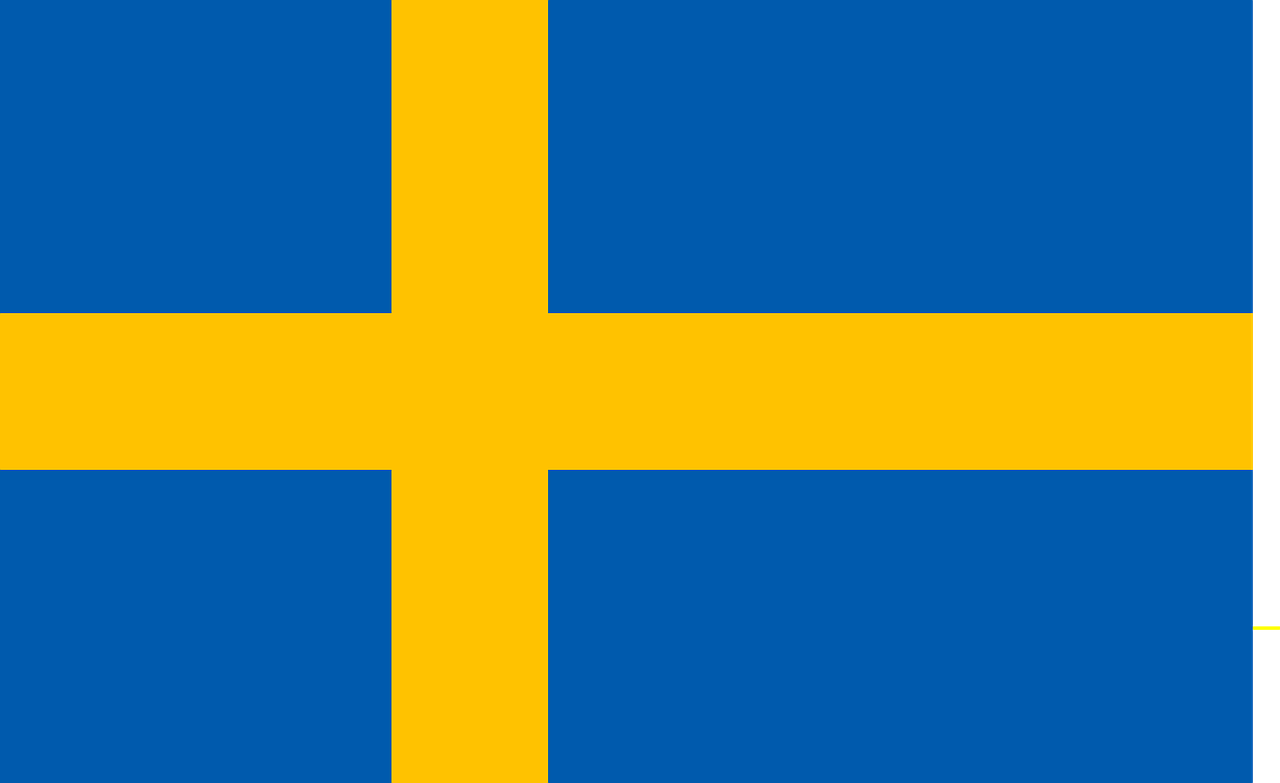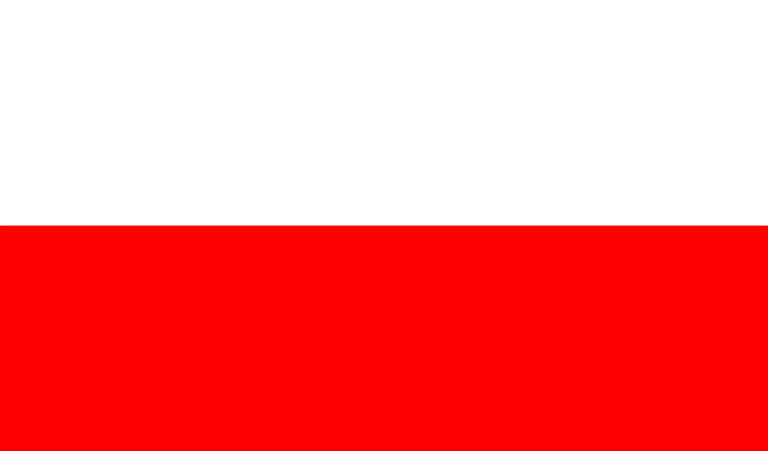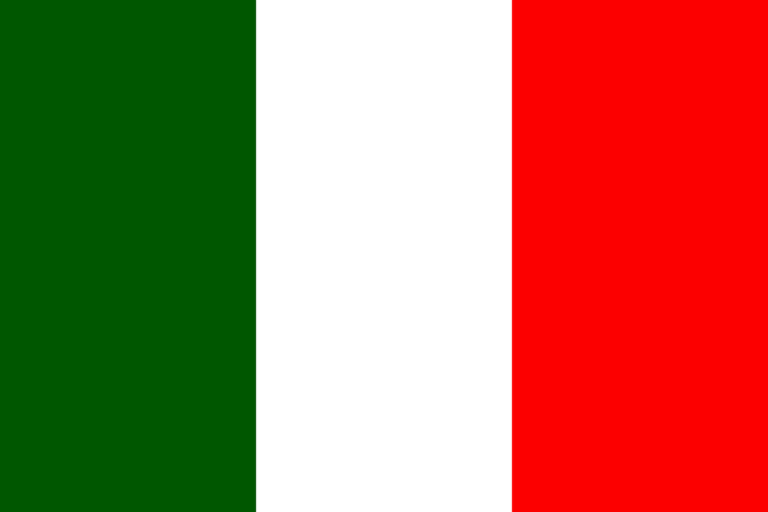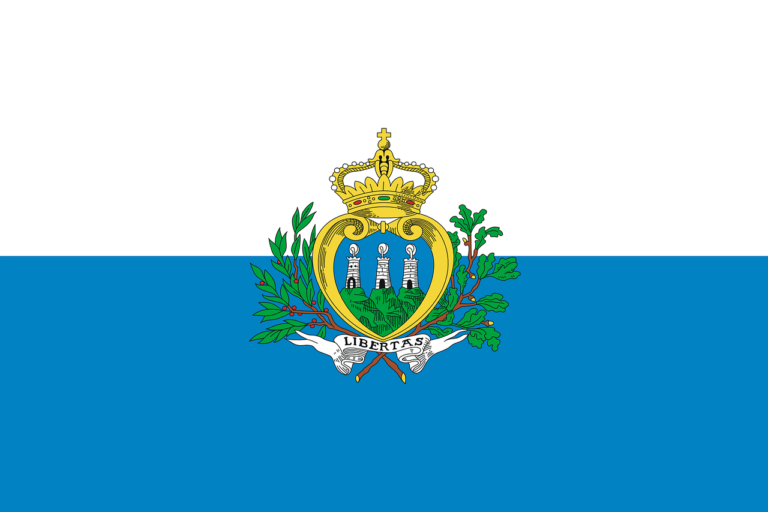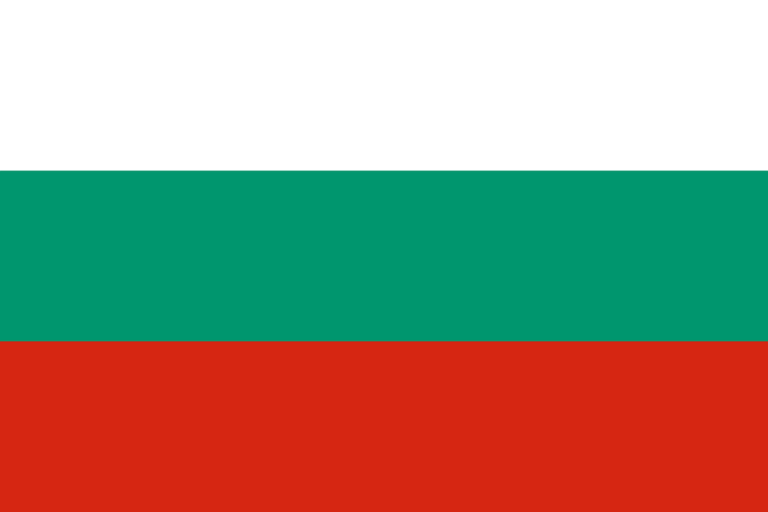Flags are powerful representations of a country’s history, values, and identity. The national flag of Sweden, with its bold blue background and iconic yellow cross, stands as a proud symbol of the country’s rich cultural heritage, unity, and Scandinavian traditions. In this blog post, we will explore the captivating story behind the Sweden national flag, tracing its origins, symbolism, historical significance, and its enduring importance in contemporary Swedish society.
Origins and Evolution:
The Sweden national flag, known as the “Flag of Sweden” or “Svenska flaggan,” features a horizontal blue field with a yellow Scandinavian cross that extends to the edges of the flag. The flag’s design can be traced back to the medieval period and has evolved over time. It has remained a steadfast symbol of Swedish identity, representing the unity and resilience of the Swedish people.
Symbolism and Meaning:
The colors and design of the Sweden national flag hold deep symbolism. The blue background represents the clear Swedish sky, symbolizing loyalty, truth, and openness. The yellow cross, reminiscent of the Scandinavian Cross, represents the country’s historical and cultural ties to the other Nordic nations. The flag embodies the core values of tradition, unity, and Scandinavian heritage.
Historical Significance:
The Sweden national flag carries significant historical importance, reflecting Sweden’s journey through the ages. It has witnessed the nation’s transformation from a medieval kingdom to a modern constitutional monarchy. Throughout history, the flag has stood as a symbol of Swedish independence, unity, and the preservation of national identity in the face of external pressures and internal challenges.
Contemporary Importance and National Identity:
In present-day Sweden, the national flag holds great importance and is prominently displayed throughout the country. It is seen on public buildings, private homes, and during national celebrations and sporting events. The flag serves as a powerful symbol of Swedish pride, unity, and national identity, fostering a sense of belonging and solidarity among the Swedish people. It represents the values of equality, democracy, and the rich cultural heritage of Sweden.
The Sweden national flag plays a crucial role in shaping the national identity of the country. It serves as a unifying emblem that transcends regional differences, reminding Swedes of their shared history, language, and Scandinavian roots. The flag symbolizes the resilience, egalitarianism, and progressive spirit of the Swedish people, encapsulating their collective memory and aspirations for a prosperous and inclusive society.
International Recognition and Influence:
The Sweden national flag is recognized worldwide as a symbol of Swedish culture, values, and contributions to the global community. It is proudly displayed at Swedish embassies, consulates, and international events, representing Sweden’s diplomatic relations and its commitment to peace and cooperation. The flag’s design has also influenced various fields, including design, fashion, and even modern architecture, showcasing its enduring appeal and recognition on the international stage.
The Sweden national flag, with its bold blue background and yellow cross, stands as a proud emblem of tradition, unity, and Scandinavian heritage for the Swedish people. It represents their historical journey, cultural values, and their commitment to an inclusive and egalitarian society. The flag instills a sense of national pride, identity, and unity among Swedes, transcending regional differences and symbolizing Sweden’s esteemed place in the world. As Sweden continues to shape its future, the national flag will remain a cherished emblem, representing the country’s enduring values and its unwavering spirit to embrace its heritage while embracing progress and innovation.
